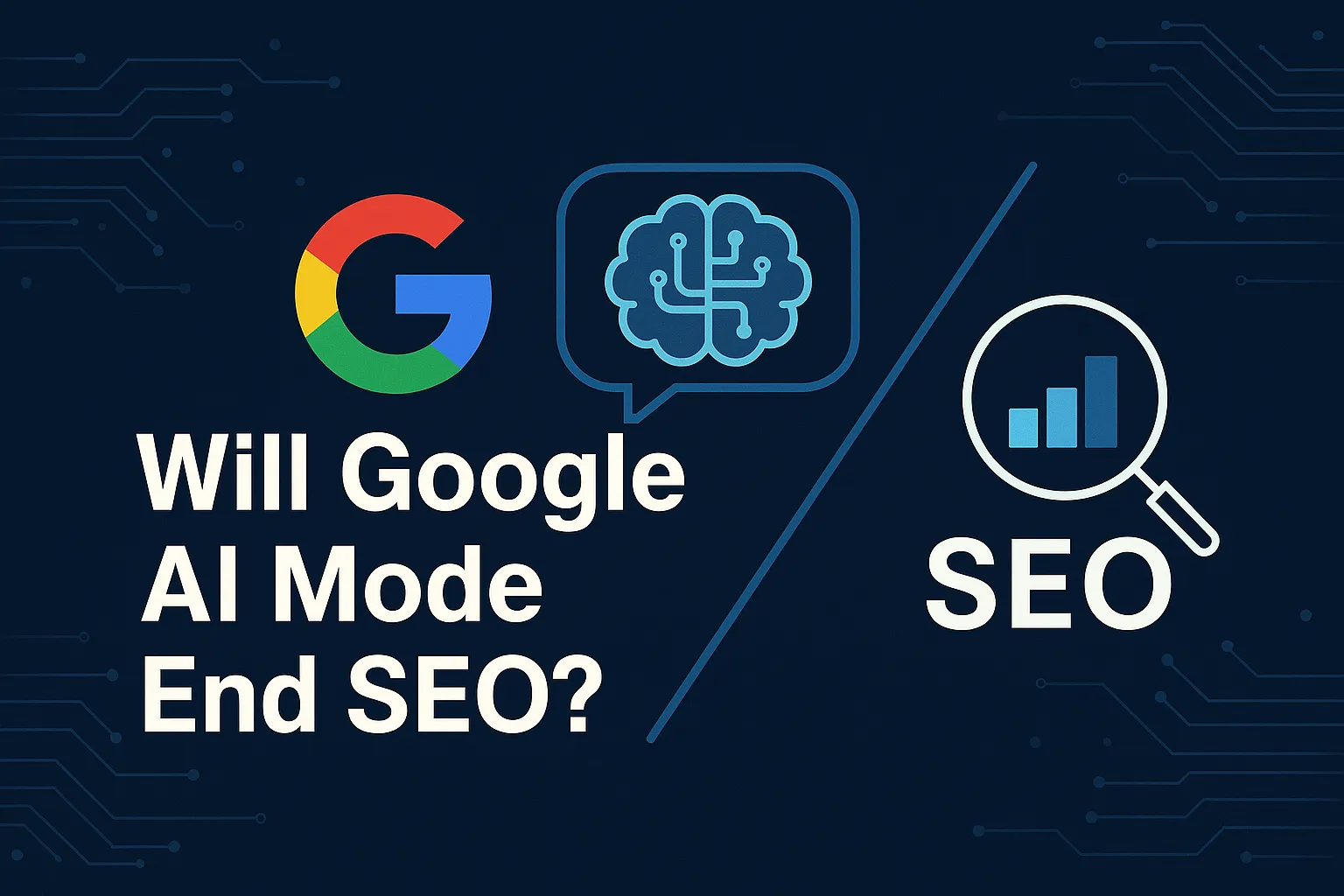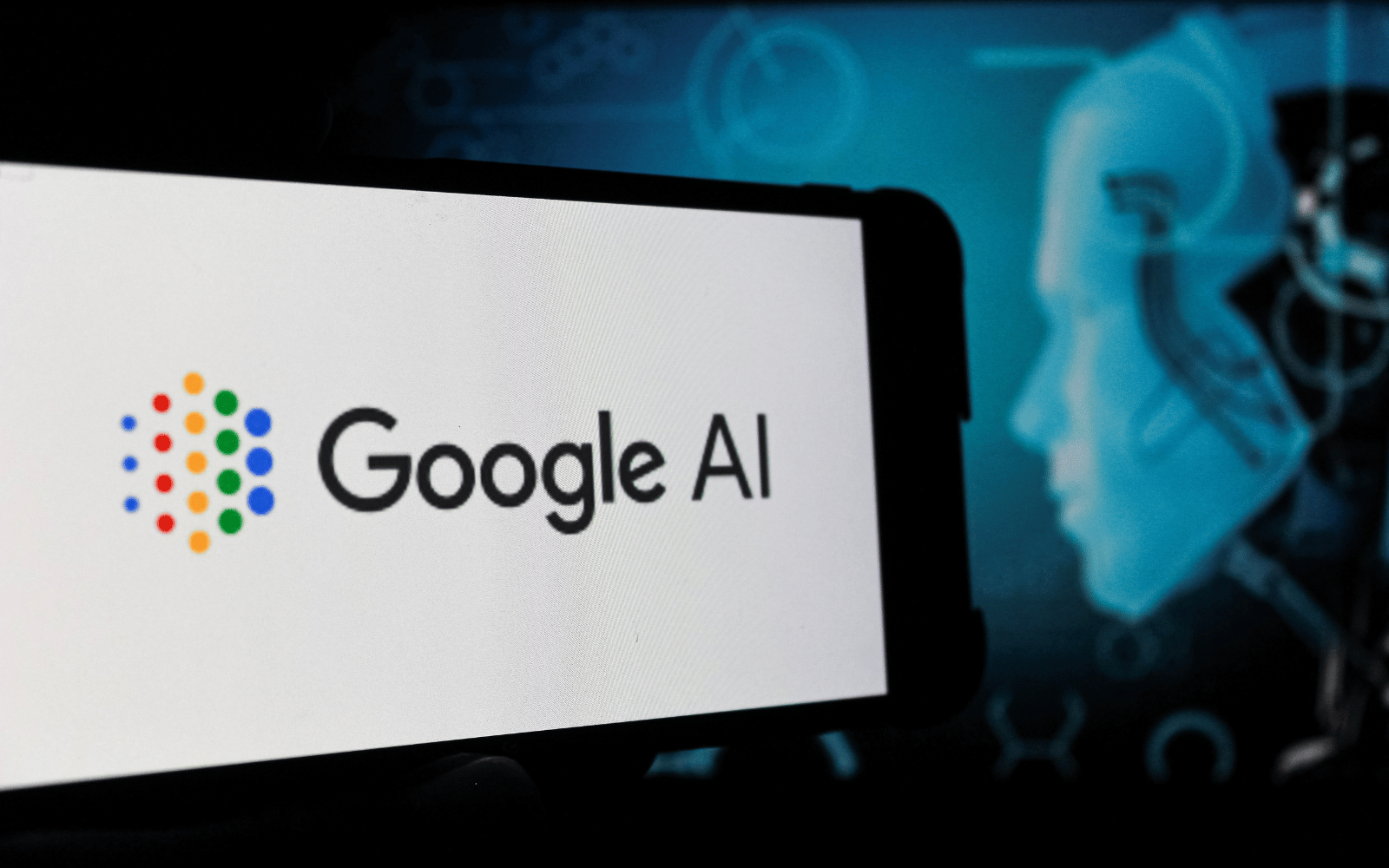We’ve come a long way from the early days of chatbots with their mechanical conversations. Rapid advancements in artificial intelligence brought more intuitive interactions through conversational AI. Now, the next frontier features digital humans – sophisticated AI replicating human attributes like personality and emotion for remarkably natural encounters.
In this post, we’ll explore the trajectory from limited chatbots to progressively humanised interactions powered by conversational intelligence. As digital humans transform customer engagement across industries through care, personalisation and insight, what future possibilities will open up? Read on for the bot-to-human journey unveiling new era of experiential AI.
The Era of Chatbots
First popularised in the 1960s, chatbots are software programs enabling text or voice-based conversations. They were designed to automate common customer service queries to boost efficiency.
Using predetermined scripts and basic natural language processing, chatbots handled simple and repetitive requests like order statuses, address changes or FAQs. This freed staff resources for complex issues.
However, they lacked more context-aware conversations. Additionally, the focus stayed purely functional, not aiming to replicate human connection and rapport like later innovations.
While an improvement over static self-service, chatbots faced limitations including:
- Very narrow range of supported customer intents and limited ability to handle nuanced questions
- Incapacity to continue conversations contextually with dialog history and memory
- Lack of persona, empathy and emotional intelligence in interactions
- Inability to enrich interactions using nonverbal cues like facial expressions
Advancements in AI soon OVERCAME these hurdles spawning more relatable digital assistants.
The Rise of Conversational AI
Conversational artificial intelligence systems leverage machine learning and natural language processing to deliver increasingly intuitive chatbot experiences. With expanded capabilities like:
- Processing free-form, context-based conversations beyond scripted responses
- Continuously improving language mastery from human feedback
- Personalising interactions by understanding user attributes and dispositions
AI chatbots handle broader customer needs from technical troubleshooting to personalised recommendations to post-purchase care.
For example, the North Face’s AI shopping assistant curates individualised product recommendations based on natural conversation analysing lifestyle and preferences. Capital One’s Eno chatbot on digital banking evolves its feature scope through millions of customer interactions.
As conversations turn more reciprocal, chatbot maturity culminates in digital human adoption.
Digital Humans: The Next Frontier
Digital humans represent AI-powered virtual assistants simulating lifelike facial expressions, emotions and conversations like real people. Striving for authentic human connection and compassion, they aim to personify brands through caring service and support.
For example, digital humans display:
- Human-like memory and conversations accounting for earlier interactions and intents
- Visual listening cues through eye contact, smiles and nodding
- Contextually appropriate facial expressions, voice tones and emotional responses
- Personalised rapport and preferences based on discussion history
Applications span industries from healthcare to banking to telecom:
- Social robots care for elderly patients through companionship and health reminders
- Banking assistants boost financial literacy and guidance through video conversations
- Store associates expand mobile shopping via one-on-one video chats
As the technology matures, such ubiquitous “people” interacting with intuition and empathy will reshape customer expectations.
Benefits of Digital Humans
Digital human as a service adoption unlocks immense benefits:
Enhanced Customer Experience
By infusing warmth and relatability into digital engagements, humanlike interactions foster satisfaction and loyalty beyond function alone. Fluid conversations attentive to subtleties also build trust.
Brand Ambassadors
As the public face of organisations, visually consistent digital humans increase brand awareness. Their emotive responses also boost perception of organisations as compassionate entities that customers can bond with.
Data-Driven Insights
Tracking every micro-expression and exchange, digital humans gather customer analytics revealing opportunities to streamline pain points and customise experiences.
With multifaceted upside from optimised experiences to strengthened competitive edge, exponential ROI potential emerges from humanized AI engagements.
Implementation Challenges
Developing believable digital people on an enterprise scale has complex technical and ethical considerations however:
Technology Barriers
Programming contextual conversations, responsive facial cues and “character consistency” poses immense engineering hurdles requiring ongoing machine learning.
Responsible AI
To prevent algorithmic biases and data vulnerabilities, rigorous testing ensures models align with ethical principles of transparency, accountability and security protections first.
Strategic alignment assessing business impact and change management will ease adoption. But overcoming initial maturity obstacles unlocks the next phase of customer care.
The Future of Conversational AI
Industry researchers predict global digital human users soaring from 5M currently to 200M+ by 2030 as AI maturity and use cases grow. We will see assistants evolve from shopkeepers to bankers to doctors – specialised role-based personalities.
Hyper-realistic 3D avatars will one day move seamlessly across augmented projections, VR and physical robotics to bring digital human encounters into any environment. Continued progress in responsibly democratising this experiential technology promises a powerful medium for global good.
Step into the Future
From task-based chatbots to context-aware conversational AI to emotionally intelligent digital beings, rapid technology innovation constantly redefines how people and brands interact. We have only scratched the surface uncovering use cases.
Yet seamlessly executing digital humans enterprise-wide requires extensive strategic planning and technical implementation capabilities. By collaborating with innovation leaders steeped in the latest realms of possibility, brands can tap into tomorrow’s channel for customer connection today.
By Manesh Ram, Digital Marketing Specialist. Please follow @maneshram & Meta









